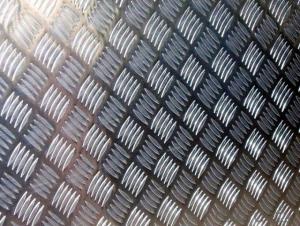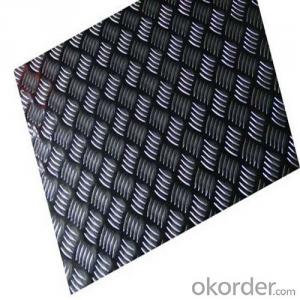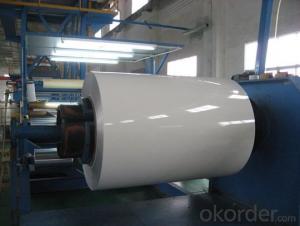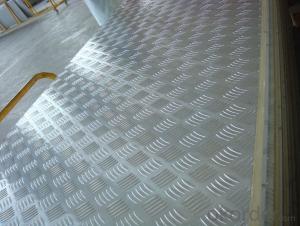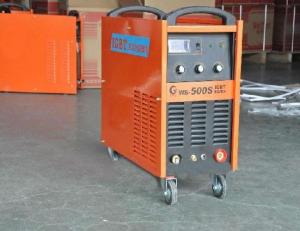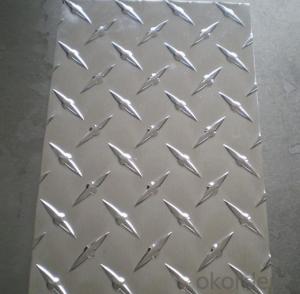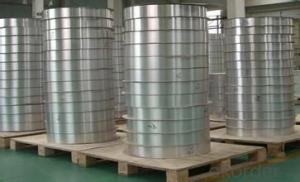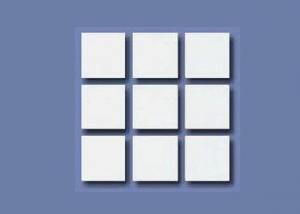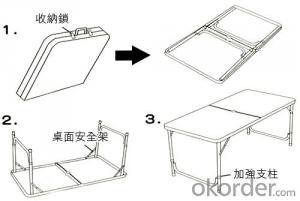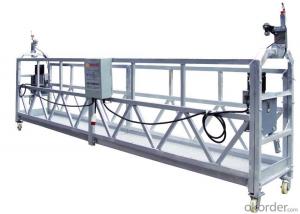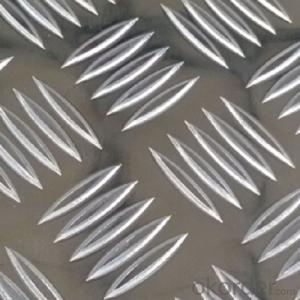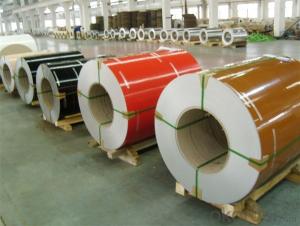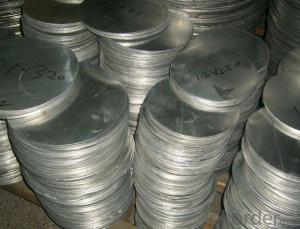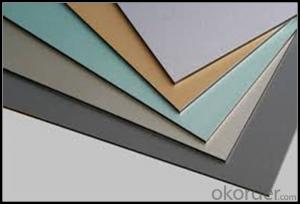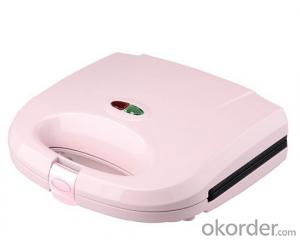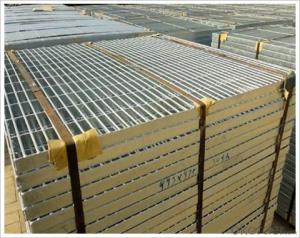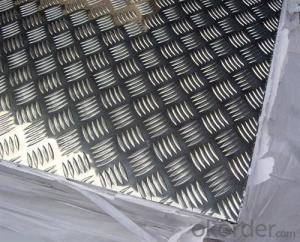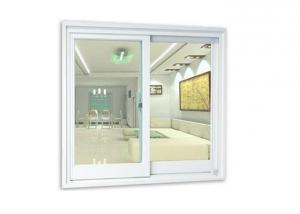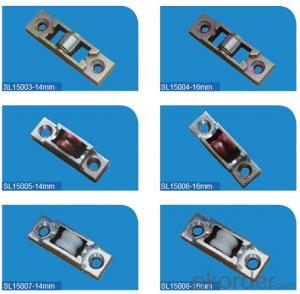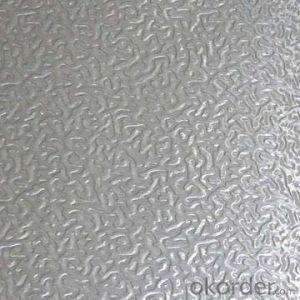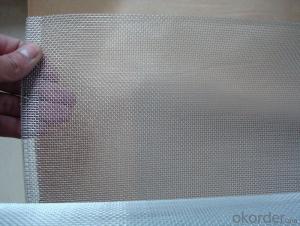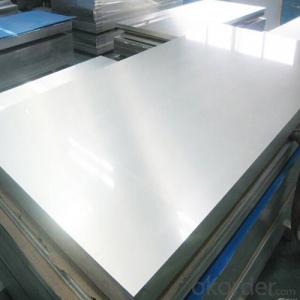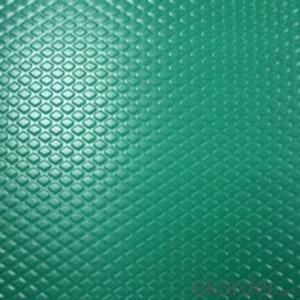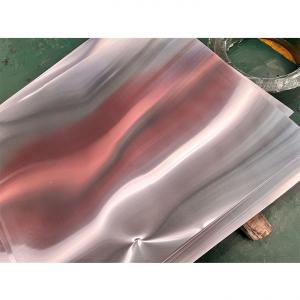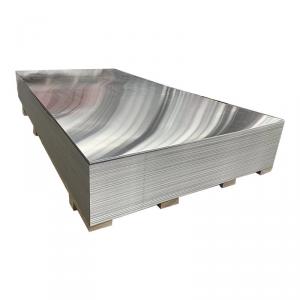Axial Wraith Aluminum Skid Plate
Axial Wraith Aluminum Skid Plate Related Searches
Wraith Aluminum Skid Plate Aluminum Skid Plate Aluminum Anti Skid Plate Trd Aluminum Skid Plate Rci Aluminum Skid Plate Tj Aluminum Skid Plate Ktm Aluminum Skid Plate E46 Aluminum Skid Plate Non Skid Aluminum Plate Scx10 Aluminum Skid Plate Rzr Xp 1000 Aluminum Skid Plate Tacoma Aluminum Skid Plate Jeep Tj Aluminum Skid Plate Ford Focus Aluminum Skid Plate Aluminum Skid Plate Tacoma S10 Aluminum Skid Plate Aluminum Skid Plate Jeep Jk Aluminum Skid Plate 4runner 4runner Aluminum Skid Plate Focus St Aluminum Skid Plate E92 M3 Aluminum Skid Plate Focus Rs Aluminum Skid Plate Fj Cruiser Aluminum Skid Plate Aluminum Skid Plate Thickness Mazda 3 Aluminum Skid Plate Aluminum Wall Plate Aluminum Grid Plate Aluminum Kick Plate Aluminum Square Plate Aluminum Anti Slip PlateAxial Wraith Aluminum Skid Plate Supplier & Manufacturer from China
The Axial Wraith Aluminum Skid Plate is a high-quality aftermarket accessory designed to enhance the durability and performance of the Axial Wraith RC vehicle. This skid plate is crafted from lightweight yet robust aluminum, ensuring that it provides ample protection to the vehicle's underside while maintaining optimal maneuverability. It is engineered to withstand the rigors of off-road driving, safeguarding the vehicle's chassis and other vital components from damage caused by rocks, debris, and other obstacles.The Axial Wraith Aluminum Skid Plate is widely used in various off-road scenarios, including rocky terrains, muddy trails, and sandy dunes. It is an essential addition for RC enthusiasts who frequently engage in extreme off-road adventures, as it significantly improves the vehicle's resilience and longevity. By installing this skid plate, users can confidently tackle challenging environments without worrying about potential damage to their Axial Wraith.
Okorder.com is a reputable wholesale supplier of the Axial Wraith Aluminum Skid Plate, boasting a vast inventory to cater to the needs of both individual hobbyists and commercial businesses. They offer competitive prices and reliable shipping services, ensuring that customers receive their orders promptly and in excellent condition. By partnering with Okorder.com, RC enthusiasts and businesses can secure the Axial Wraith Aluminum Skid Plate at a fraction of the cost compared to other retailers, making it an attractive option for those looking to upgrade their vehicles without breaking the bank.
Hot Products
